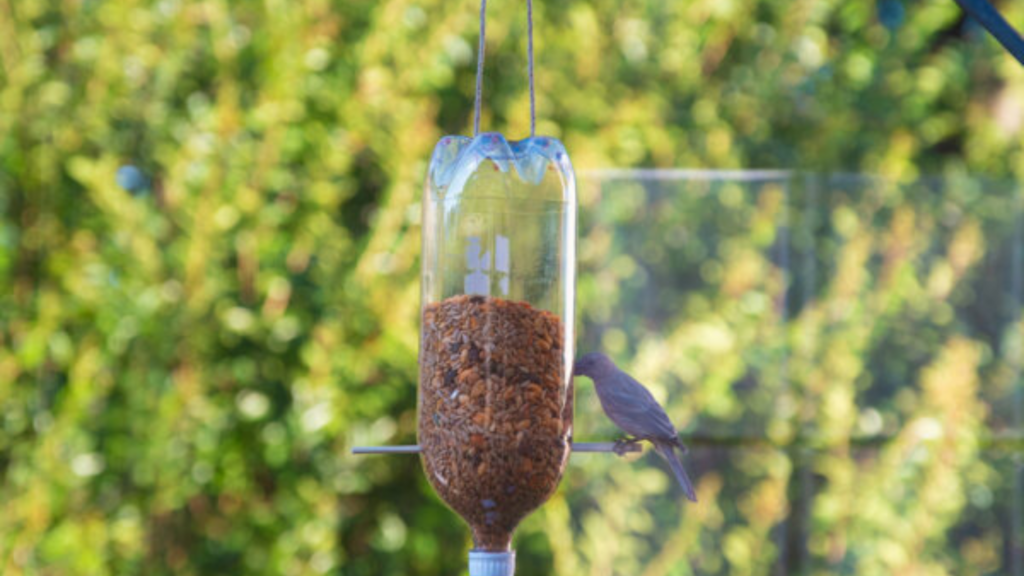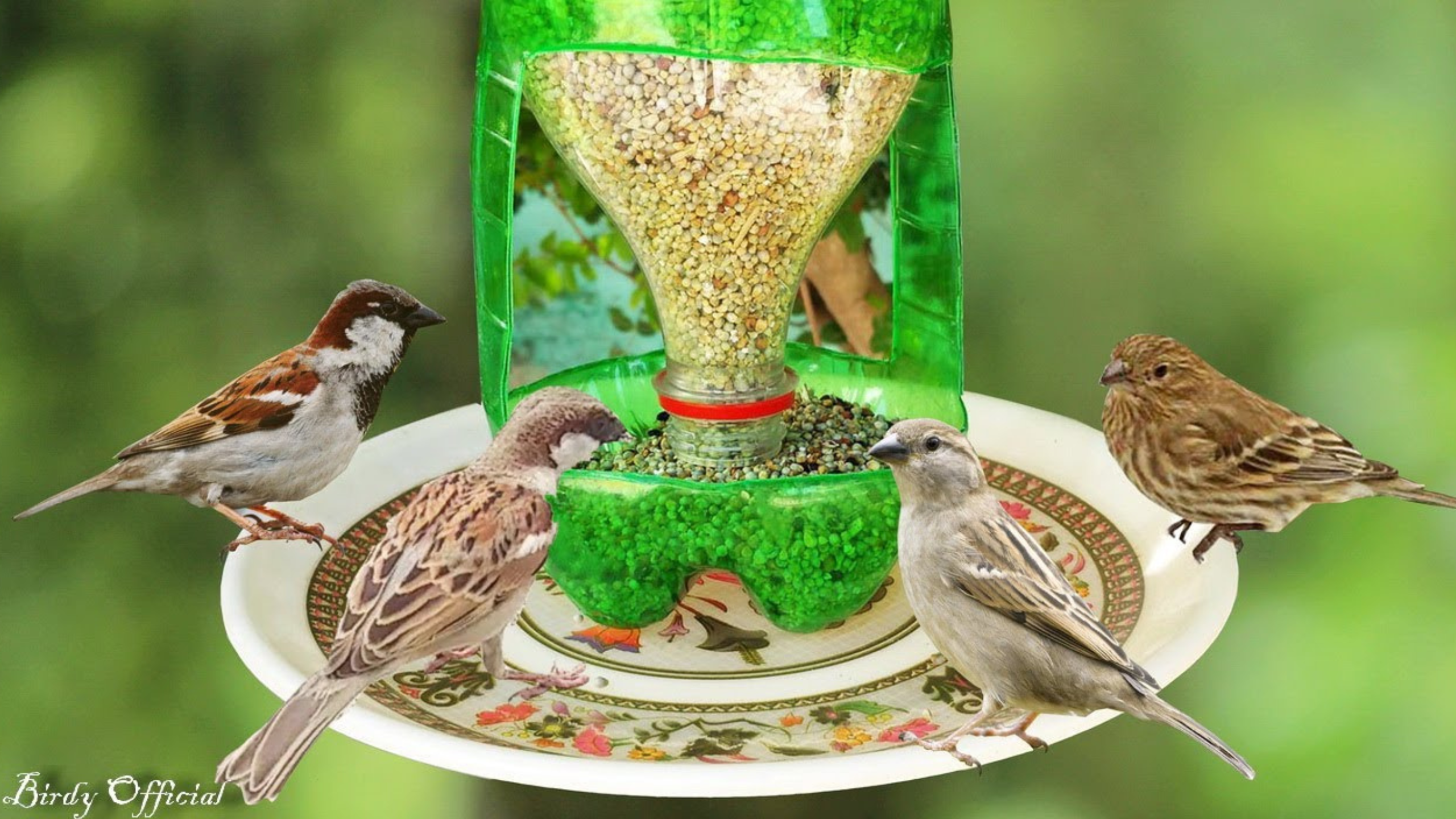Bird feeding has become a beloved pastime around the globe, ranking as the second most popular hobby in the United States after gardening. Creating homemade bird feeders is a delightful activity that not only benefits the birds but also brings joy to those who make them. It allows people to observe birds closely while providing essential food during times of scarcity, such as winter.
Feeding stations set up in our homes offer a convenient way to attract local birds without venturing too far. While commercially made feeders are readily available, crafting your own can be an enjoyable experience, especially for children who can engage with design and creativity while watching their homemade creations in action.
To create an effective bird feeder, three key elements are essential: appropriate food, a reliable water source, and a safe environment. Offering a variety of seeds, fruits, and insects will attract many types of birds, as most are generalists in their diets. Providing a fresh water supply is crucial as well—birds particularly enjoy running water, but any accessible water can keep them hydrated. Additionally, ensuring that feeders are positioned safely from predators and harsh weather conditions is vital for the well-being of visiting birds.
Creating feeders is a fun project with varying levels of complexity. For example, you can make a simple feeder using a large paper plate by punching holes around the edge, threading string through, and suspending it from a branch. Layering multiple plates can create an appealing display. Alternatively, using a hollowed watermelon rind or an empty plastic bottle can provide a unique and eco-friendly feeder option.

For those who want to explore different designs, constructing feeders from pine cones or cardboard tubes can be both easy and rewarding. Pine cones coated in peanut butter and sprinkled with seeds create a natural look, while cardboard tubes can be filled with bird seed and hung for easy access.
Always ensure you have a water source nearby. A shallow dish can serve well for birds to drink, and updating the water daily is important to maintain freshness.
When setting up your feeders, choose locations that provide perches or hiding spots for the birds while offering them a clear sight of the feeder. It’s best not to place feeders in open areas where avian visitors might feel vulnerable. Likewise, avoid locations near windows or fences to prevent collisions or predator attacks.
Understanding the bird species in your area and their food preferences can enhance your success in attracting them. Patience is key; it may take time for birds to discover and feel safe using your feeders.
Watching birds can bring numerous health benefits, including stress reduction and enhanced mindfulness. Plus, there’s a rewarding sense of accomplishment in knowing the birds are benefiting from your efforts.
Design your feeders thoughtfully, enjoy the process, and be sure to find a spot where you can appreciate the avian visitors to your backyard!


I do not even know the way I ended up right here, however I assumed this submit was once good. I don’t recognise who you’re however definitely you’re going to a famous blogger when you aren’t already 😉 Cheers!
I love it when people come together and share opinions, great blog, keep it up.
It’s actually a great and useful piece of info. I am glad that you shared this useful info with us. Please stay us up to date like this. Thanks for sharing.
I do not even know how I stopped up here, but I thought this post was once good. I don’t realize who you’re but definitely you’re going to a well-known blogger if you are not already 😉 Cheers!
https://t.me/s/flagman_official_registration
https://t.me/s/Legzo_officials
I believe this web site holds some really great information for everyone :D. “I like work it fascinates me. I can sit and look at it for hours.” by Jerome K. Jerome.
Does your website have a contact page? I’m having problems locating it but, I’d like to send you an e-mail. I’ve got some creative ideas for your blog you might be interested in hearing. Either way, great site and I look forward to seeing it grow over time.